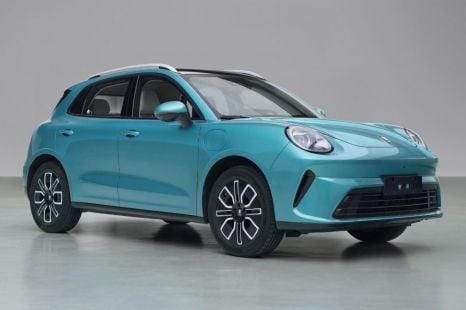

William Stopford
GWM is finally launching an electric SUV as Ora Cat breaks cover
1 Day Ago
If there’s a more nicely engineered and enjoyable car on the market than the VW Polo for this kind of money, I haven’t driven it.
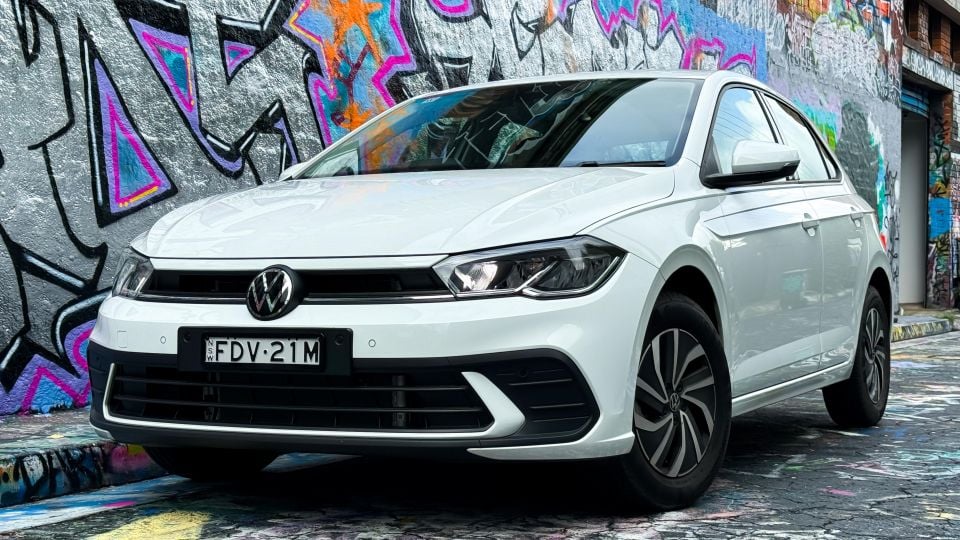


Senior Contributor

Senior Contributor


Senior Contributor

Senior Contributor
Quickly see how this car stacks up against its competition. Select any benchmark to see more details.
Where expert car reviews meet expert car buying – CarExpert gives you trusted advice, personalised service and real savings on your next new car.
The new car market under $30,000 is shrinking in Australia.

While there are some newcomers in the segment like the updated Kia Picanto, and new-generation versions of the Suzuki Swift and MG 3 on the way that are bound to make a mark, the ever-impressive Volkswagen Polo finds itself just squeezing in under that price.
It actually eclipses $30,000 if you add on-road costs for this base Life grade. In fact, at the time of writing, there’s a deal being done for $31,990 drive-away on the Polo Life.
But the question is whether this car feels like the money it costs – in plenty of ways, it really does. However, I think if you’re buying a Polo, you should try and justify sacrificing a couple of extra take-away coffees per week as part of your repayments and get the up-spec Style model.
You’ll see why as you read on…
The 2024 Volkswagen Polo line-up saw the removal of the base manual option, making the 85TSI Life DSG on test the most affordable variant at $29,490 plus on-road costs.

2024 Volkswagen Polo timing:
Prices exclude on-road costs
To see how the Polo compares to its rivals, check out our comparisons tool.
Buy your new car without the stress. It's fast, simple and completely free.

Great service from Travis and team, second time I have used this business would not hesitate to recommend them to anyone
Craig C.
Purchased a Ford Ranger in Sunshine Coast, QLD
CarExpert helped Craig save $7,224 on his Ford Ranger, now let us save you on your next new car.
Get your BEST priceIt’s a Volkswagen, so the interior is classy yet somewhat understated. It does feel pretty nice for a car at this price.

Despite the fact that you do get a bit of an old-school tech experience (no wireless Apple CarPlay or Android Auto) and a smaller-than-some screen for 2024.
You still get the things that you would expect of a modern day vehicle, including wired Apple CarPlay and Android Auto, and thankfully it also has volume and tuning dials, along with ‘touch buttons’ on the side of the display.
If you’re like me, you’ll barely ever go into the other menus on the screen because you’re just going to run your smartphone mirroring every time you drive, but if you do need to cycle through those menus, it’s all pretty intuitive.
The driver information screen offers an array of useful info, and most importantly has a large digital speedometer front and centre to allow you keep an eye on your pace.




The controls are all very intuitive – there are no haptic steering buttons here – and if you’ve driven any other Volkswagen it’s going to feel like second nature to you.
I also like the fact that you’ve got manual air-conditioning controls – even though they are a little bit basic – because it means you can quickly and without having to look to adjust things while you’re driving.
There’s not too much of that shiny piano black trim finish, thankfully, and there are some interesting finishes on the dash. Plus there’s also a leather-lined steering wheel, leather shifter, and a leather manual handbrake. There are some cheaper-feeling plastics here and there, but at least you get soft elbow pads on the front doors.
The seats have a nice fabric trim, and they have excellent adjustment as well including lumbar adjust – but all the adjustment is manual. There’s also height and reach adjustment for the steering wheel.


Storage includes big door bins, although they aren’t lined so things can rattle around a little bit, a pair of octagonal cupholders, a small centre console bin with an armrest, and also a wireless phone charger nook ahead of the shifter (with USB-C ports too).
There’s a further two USB-C charge ports in the back, big bottle holders in the doors, along with a pair of map pockets on the seatbacks. Sadly there are no soft elbow pads on the rear doors and there’s no centre armrest or cupholders, either. You don’t get directional air-vents, either, but it is a relatively compact cabin.
It’s definitely designed for two occupants in the back, rather than three – the seat is sculpted as such, and there is a transmission tunnel intrusion which limits foot space if you do need to fit three across.
But for an adult my size (182 cm or 6‘0“ tall) I had enough room to comfortably sit behind my own driving position, which is surprising. Also enough foot room, and my knees just barely brush the seat back, while there’s heaps of headroom as well.




Parents, take note: there are ISOFIX points in the window seats and three top-tether points as you would expect, and you can fit a forward-facing seat or rearward-facing capsule with an adult in front without much hassle.
The beauty of this little car is that it isn’t little when it comes to boot space with 351 litres of cargo capacity, and there’s a adjustable floor in the boot area that allows you to maximise capacity if you need to – or keep the boot a bit smaller but with a flat load-in zone.
If you need more space again, you can fold the rear seats down to allow 1125L of cargo space. There are shopping bag hooks and other amenities too, including a light and some cargo attachment points, and under the boot floor there is a space-saver spare wheel.
The 2024 Volkswagen Polo Life and Style feature a 1.0-litre three-cylinder turbocharged petrol engine making 85kW of power and 200Nm of torque.

Standard shifter is a seven-speed dual-clutch automatic transmission, and it’s front-wheel drive.
The official combined cycle fuel consumption figure is 5.0 litres per 100 kilometres, and you’ll get that (or even better) if you mainly drive open roads or freeways.
During my time with the Polo Life, I subjected it to my life, and I saw a return of 5.9L/100km. I think that’s pretty good considering it was a mix of urban, highway and freeway driving.
It requires 95R ON premium unleaded, and has a 40-litre fuel tank.
The base Polo drives like more money than you’re spending.

It certainly leaves some of the competitors in the dust when it comes to refinement, and a short-footed feel that some of those other cars don’t have.
It is on the firmer side in terms of the suspension, but with a solid feel that reassures you as a driver – and as a passenger – in what is a very small car.
The suspension deals well with big undulations, and while you can hear the suspension working to deal with the small lumps and bumps, it still does a good job of keeping a settled stance across different scenarios.
The steering offers a lovely amount of weight to it with a predictable responsiveness as well, and it’s even a little bit of fun in the twisty stuff. It shows the depth of engineering knowhow that a base model car like this can be as fun as it is.

The engine is loveable, too. It has an understated raspy note to it, and a fair amount of pulling power as well. While the gruff rumble from this engine might not be to all tastes – and might in fact go a little bit against those refinement claims I made earlier – it is still a very enjoyable engine and isn’t short of torque to keep you moving whether it’s at urban pace, or on the freeway.
The seven-speed dual-clutch (DSG) transmission does a really good job when you’re at pace, although at low speeds it can still exhibit a touch of lagginess from a standstill – made even worse if you keep the engine start-stop technology switched on. If you switch it off, things are a fair bit smoother, but you have to do that every time you drive the car.
Speaking of turning things off every time you drive the car, you might want to do that with the lane-keeping assistance – it’s just a sequence of buttons on the steering wheel to adjust that – but I actually found it at times I forgot it was even on, which is always the mark of a pretty decent steering assistance function.
While some rivals near this price point offer dull halogen lights, the standard LED lights are terrific for nighttime driving. That could be a big selling point for regional buyers.

The view from the driver’s seat is good, but this base grade still lacks blind-spot monitoring and rear cross-traffic alert. The missing adaptive cruise control also could make it a less enjoyable commuter or cruiser than it might otherwise have been.
I guess the other complaint (with all Volkswagen Group products pretty much) is a bit of road noise intrusion at open road speeds, but it’s less of an issue in this entry-level car than it is in something like the GTI.
Impressed? Yes. This is a very likeable little car – but I’d spend the extra and get the better kit on offer in the Style grade.




Polo Life highlights:
Polo Style adds:
Vision and Technology Package: $1700 (Life)
The 2024 Volkswagen Polo has a five-star ANCAP safety rating from 2022 testing.

It received an adult occupant protection score of 94 per cent, a child occupant protection score of 80 per cent, a pedestrian protection score of 70 per cent, and a safety assist score of 70 per cent.
Standard safety equipment includes:
Standard cruise control is fitted to this grade, but you can get adaptive cruise control and Travel Assist (highway part-time steering) as part of an option pack. Those are standard on the Style and GTI.
Also standard on Style and GTI grades are blind-spot monitoring and rear cross-traffic alert. Airbag coverage for all models tallies seven: dual front, front-side, front centre, and curtain airbags for both rows.
It runs on the smell of an oily rag, and it has a pretty impressive ownership cost consideration, too.

Where expert car reviews meet expert car buying – CarExpert gives you trusted advice, personalised service and real savings on your next new car.
VW Australia offers a five-year Care Plan, which includes your first 75,000km of servicing (12-month/15,000km intervals) priced at $2300 – or an average of $460 per year, which is cheaper than if you pay-as-you-go.
There’s a year of roadside assistance included, but that will renew each time you come back up to a maximum of five years. As it happens, the brand offers a five-year/unlimited-kilometre warranty, too.
Buy your new car without the stress. It's fast, simple and completely free.

Great service from Travis and team, second time I have used this business would not hesitate to recommend them to anyone
Craig C.
Purchased a Ford Ranger in Sunshine Coast, QLD
CarExpert helped Craig save $7,224 on his Ford Ranger, now let us save you on your next new car.
Get your BEST priceThere’s no denying that the base Polo Life is a honey of a thing. It’s refined, well engineered, nice to drive and feels more mature – but also more modest – than some rivals.

If you haven’t gathered by now, I’d simply spend the extra money to get into the Style grade, which gains some added features. But as it is, if you can live without them, you’ll be getting a great little car that doesn’t feel as cheap as it is.
Click the images for the full gallery
MORE: Buy a Volkswagen Polo MORE: Everything Volkswagen Polo
Where expert car reviews meet expert car buying – CarExpert gives you trusted advice, personalised service and real savings on your next new car.
Matt has more than a decade of experience in automotive journalism, and loves exploring the pros and cons of new cars, delving into deep-dive industry stories, and going for a drive just for the fun of it.


William Stopford
1 Day Ago
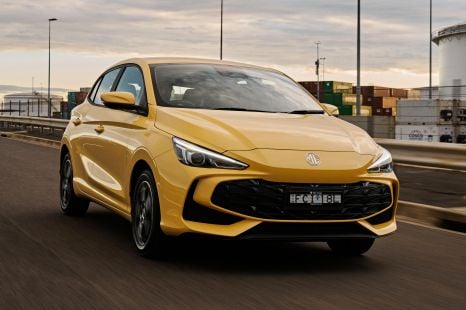

William Stopford
3 Days Ago
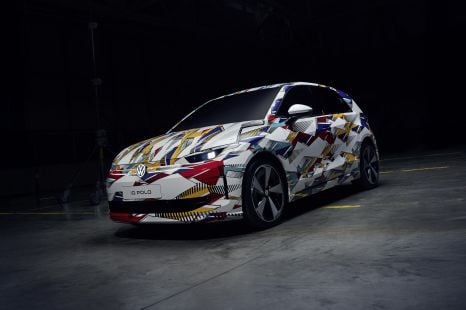

James Wong
9 Days Ago
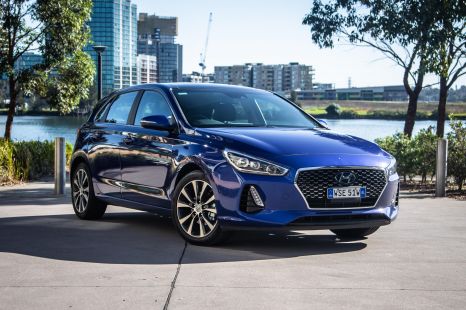

William Stopford
11 Days Ago
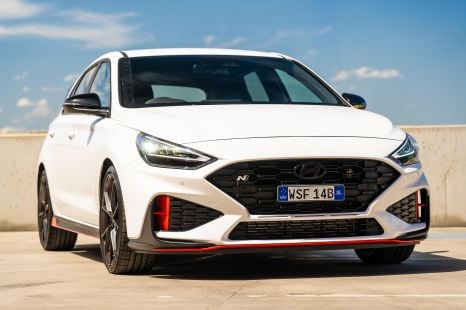

William Stopford
12 Days Ago
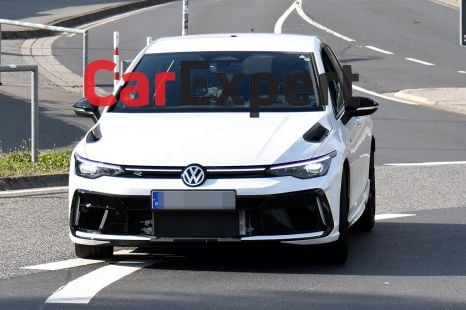

Damion Smy
16 Days Ago